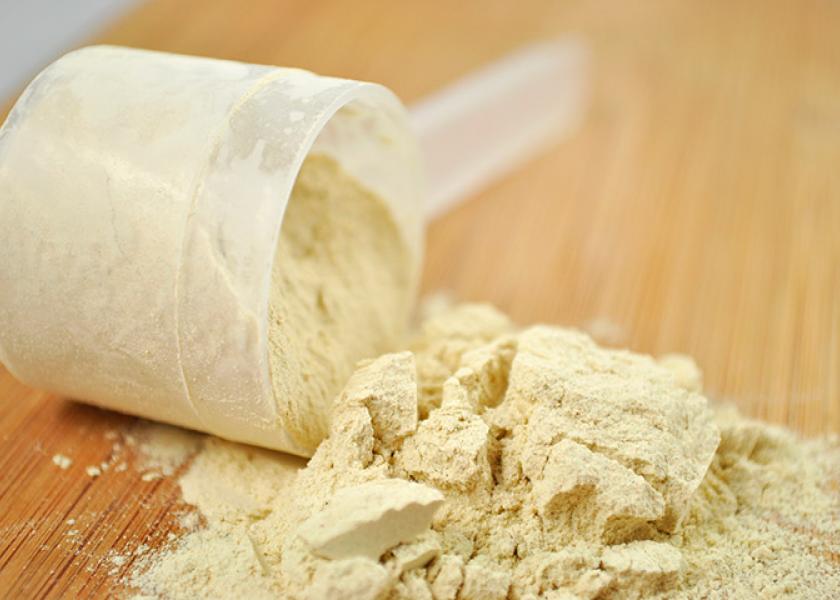Whey Exports Improving

By Fran Howard
Despite strong international competition among sellers of whey, U.S. exports of whey to China improved in May.
“In May, Chinese whey imports reached an 11-month high, and U.S. exports of whey to China climbed to their highest level since July 2013,” says Sarina Sharp, agricultural economist with the Daily Dairy Report.
In total, China imported 85.5 million pounds of whey in May, up 5.4 percent from April on a daily average basis and 20 percent more than a year ago. The United States accounted for 47.7 million pounds of China’s whey imports, or 55.8 percent of the total, according to Sharp. Competition among sellers remains fierce, however.
“U.S. whey product exports have faced increased competition from suppliers in Europe and Oceania and from an abundance of substitutes such as permeate,” says Sharp.
Milk permeate, a byproduct of milk protein concentrate (MPC) production, is formed after ultrafiltration of milk to extract protein and fat. The product is then dried into a powder, which is used to standardize skim milk powder or as an ingredient in beverages, seasonings, confectioneries, soups, sauces, desserts, bakery, and other dairy products, according to the American Dairy Products Institute.
Total U.S. dry whey exports in April of 17,579 metric tons, or 38.8 million pounds, fell 21.8 percent from the previous year. In the first four months of 2013, dry whey exports were down 25 percent from the same period in 2014.
In the first four months of the year, year-over-year exports of dry whey to China fell 34 percent to 40 million pounds. At the same time, permeate exports rose 1 percent, and sales to China accounted for 53 percent of total U.S. permeate exports.
Production of whey products in the United States has been falling along with demand, notes Sharp. Output of dry whey for human consumption, for example, fell 7.9 percent in April on a daily average basis from March levels.
“This is curious considering that U.S. cheese production rose 1.6 percent in April relative to March,” says Sharp. “Granted, USDA reported a month-to-month increase of 7.5 percent for WPC with 25 to 49.9 percent protein, but this is not enough to fully account for the disparity between robust cheese production and fading whey product output.”
On a year-over-year basis, production of dry whey for human consumption rose 8 percent in April, to 75.8 million pounds, and inventories climbed 16.4 percent to 66 million pounds. Manufacturers’ stocks of WPC 25-49.9 percent protein were a whopping 39.7 percent above prior-year levels in April, and stocks of WPC 50-89.9 percent reached record highs, up 41.4 percent from last year.
“Recent price concessions in the dry whey market could support a rebound in exports,” says Sharp. “However, U.S. merchants have been disadvantaged by changes in currency rates. The U.S. dollar has faded from its highs established in March and April, but it remains historically strong, particularly relative to the euro. Continued strength in the greenback could mean that further declines in dry whey prices may be needed if U.S. exporters hope to step up shipments.”
And given what’s going on in Greece, the relationship between the euro and the U.S. dollar is likely to be quite volatile, says Sharp.
—#—
To subscribe to the Daily Dairy Report, go to: http://www.dailydairyreport.com/default.aspx and click register.







